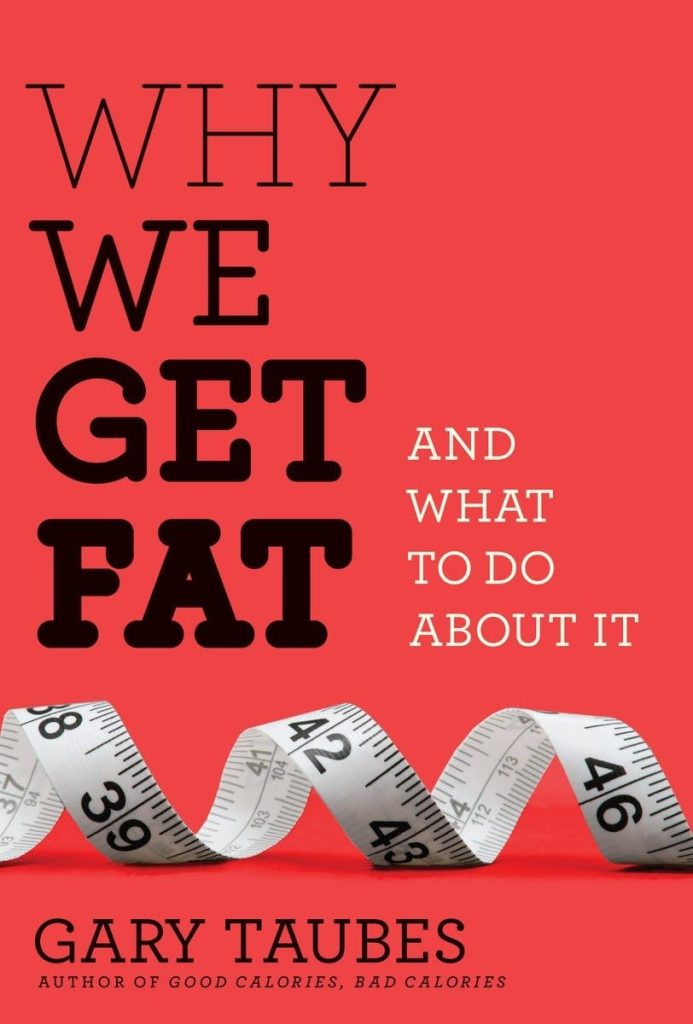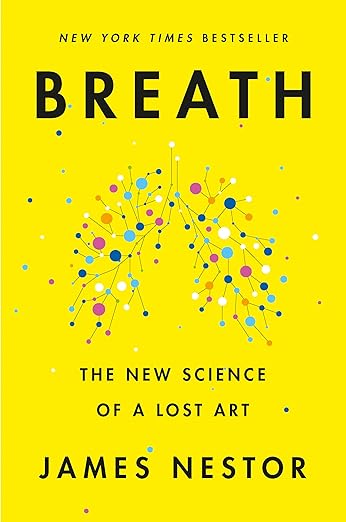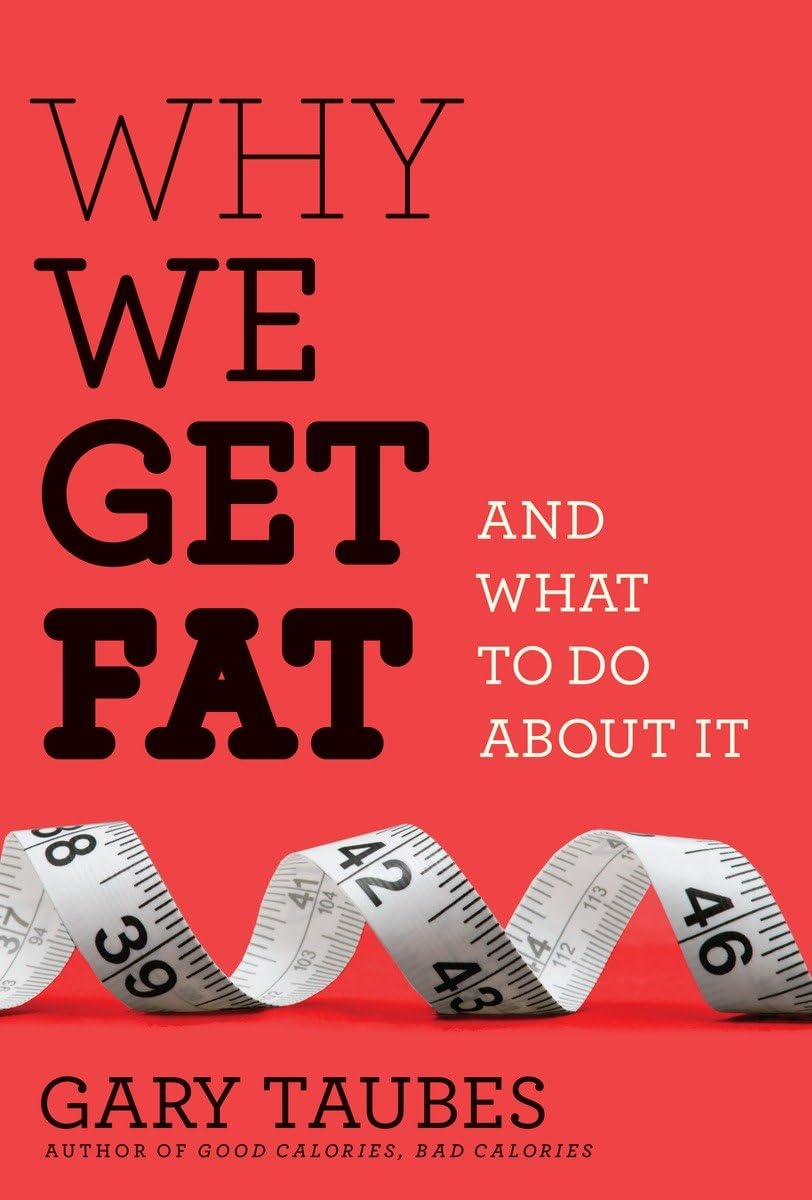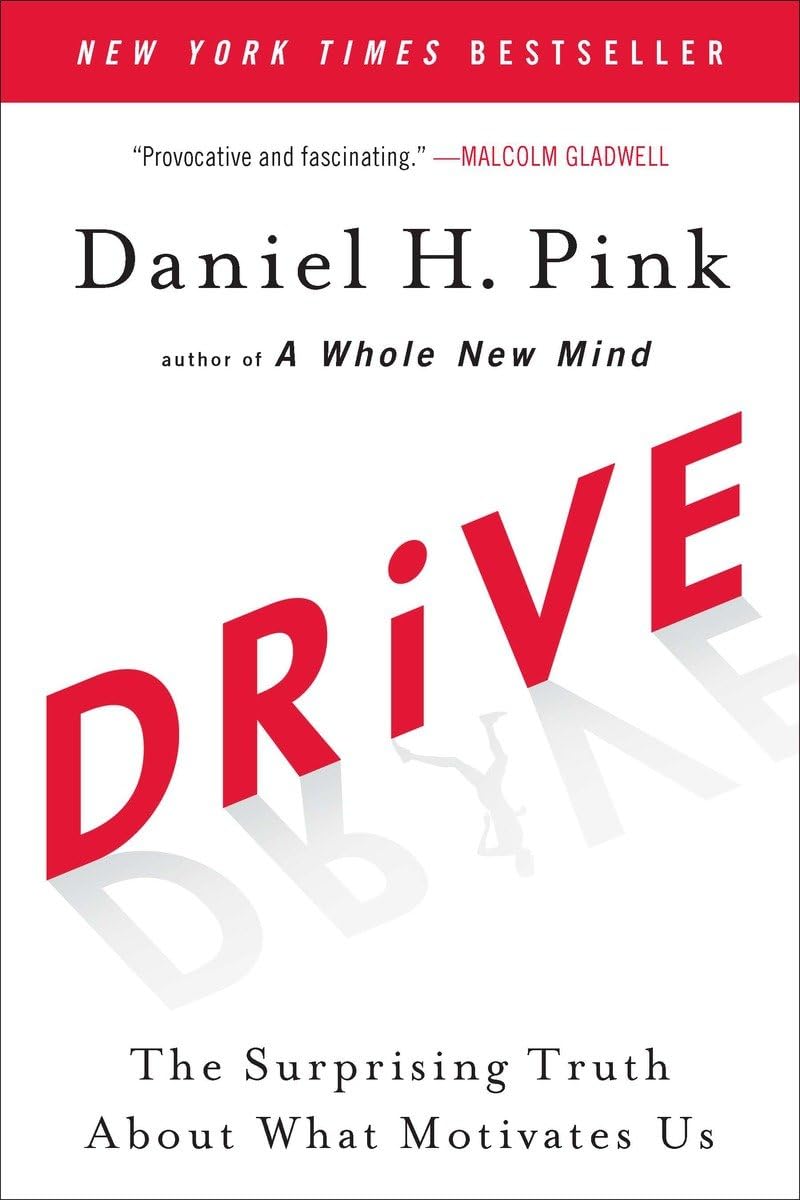
Buy The Book
Chapter
- Book I / Biology, Not Physics
- ✦ Chapter 1. Why Were They Fat?
- ✦ Chapter 2. The Elusive Benefits of Under-eating
- ✦ Chapter 3. The Elusive Benefits of Exercise
- ✦ Chapter 4. The Significance of Twenty Calories a Day
- ✦ Chapter 5. Why Me? Why There? Why Then?
- ✦ Chapter 6. Thermodynamics for Dummies, Part 1
- ✦ Chapter 7. Thermodynamics for Dummies, Part 2
- ✦ Chapter 8. Head Cases
- Book II / Adiposity 101
- ✦ Chapter 9. The Laws of Adiposity
- ✦ Chapter 10. A Historical Digression on “Lipophilia”
- ✦ Chapter 11. A Primer on the Regulation of Fat
- ✦ Chapter 12. Why I Get Fat and You Don’t (or Vice Versa)
- ✦ Chapter 13. What We Can Do
- ✦ Chapter 14. Injustice Collecting
- ✦ Chapter 15. Why Diets Succeed and Fail
- ✦ Chapter 16. A Historical Digression on the Fattening Carbohydrate
- ✦ Chapter 17. Meat or Plants?
- ✦ Chapter 18. The Nature of a Healthy Diet
- ✦ Chapter 19. Following Through
Why We Get Fat: And What to Do About It

About
Gary Taubes, a science writer known for challenging conventional dietary wisdom, argues in “Why We Get Fat” that the primary cause of weight gain is not overeating or lack of exercise, but rather the consumption of easily digestible carbohydrates. He posits that these carbs trigger hormonal imbalances, specifically elevated insulin levels, which promote fat storage and increase hunger.
Taubes challenges the “calories-in/calories-out” model, presenting evidence that under-eating and increased physical activity often fail to produce sustainable weight loss. He highlights examples of populations with high obesity rates despite poverty and physical labor.
The book proposes that obesity is a hormonal disorder driven by carbohydrate intake, advocating for a reduction in refined carbs, starches, and sugars. Taubes suggests that understanding and accepting this hormonal reality is crucial for effective and lasting weight management.

Spark
Learn
Review
Book I / Biology, Not Physics
✦ Chapter 1. Why Were They Fat?
Imagine serving on a jury, weighing evidence to determine if overeating truly causes obesity. Consider the obesity epidemic, often blamed on prosperity and sedentary lifestyles. However, obesity disproportionately affects the poor, who often engage in physically demanding labor.
Native American tribes, like the Pima, displayed obesity even amidst poverty and hardship, long before fast food and modern conveniences. Despite periods of starvation and reliance on government rations, they exhibited high rates of obesity. Similarly, other populations experiencing poverty and malnutrition also struggled with obesity. These observations challenge the conventional wisdom.
Claims that obesity stems from excessive calorie consumption or insufficient activity provide convenient, yet often unsupported, explanations. The argument is that if a population is active, then it consumes too much. The chapter urges a critical examination of these prevailing beliefs. We shouldn’t just accept the conventional wisdom. There’s a need to reconsider our assumptions and investigate the underlying factors contributing to the prevalence of obesity in diverse populations. The inquiry seeks to uncover why these trends persist, even among individuals who appear to be physically active and consuming moderate diets.
✦ Chapter 2. The Elusive Benefits of Under-eating
Of all reasons to question the idea that overeating causes obesity, the most apparent is the fact that under-eating doesn’t cure it. Though, if we were stranded on a desert island and starved for months on end, we will waste away, whether we’re fat or thin to begin with. However, try to keep it up indefinitely in the real world, and try to maintain the weight loss, and it works very rarely indeed, if at all.
It should come as no surprise as most of us who are fat spend much of our lives trying to eat less. If it doesn’t work when the motivation is decades of intense negative reinforcement that accompanies obesity, can we expect it to work just because an authority figure in a white coat insists that we give it a try? If still fat, that’s a good reason to assume that under-eating failed to cure this affliction, even if it has some short-term success at treating the most conspicuous symptom.
Prescribing low-calorie diets for obese and overweight patients leads, at best, to modest weight losses that are transient. Eating less doesn’t work for more than a few months, if that. This reality hasn’t stopped the authorities from recommending the approach, which makes reading such recommendations an exercise in cognitive dissonance.
✦ Chapter 3. The Elusive Benefits of Exercise
It is commonly believed that a sedentary lifestyle contributes significantly to weight problems, elevating the risk of heart disease, diabetes, and cancer. While regular exercise offers undeniable benefits, questions arise whether it aids in maintaining a lean physique or shedding excess weight.
Evidence suggests that physical activity’s impact on fat accumulation is minimal. Obesity often correlates with poverty, where individuals engage in physically demanding jobs, challenging the notion that energy expenditure influences fat accumulation. Despite an “exercise explosion,” obesity rates continue to climb, undermining the belief that increased activity prevents weight gain. The American Heart Association and the American College of Sports Medicine acknowledge the lack of compelling data supporting the hypothesis that high daily energy expenditure reduces weight gain.
Increasing physical activity is often believed to “work up an appetite,” leading to increased calorie consumption that offsets the energy expended. Historically, clinicians recognized this compensatory mechanism, dismissing exercise as a weight-loss tool. Jean Mayer, a prominent nutritionist, promoted the idea that sedentary behavior is a primary driver of obesity, suggesting that increased physical activity can help, but studies have not confirmed this. Despite widespread belief, the notion that increased calorie expenditure directly translates to decreased weight remains largely unsupported by evidence.
✦ Chapter 4. The Significance of Twenty Calories a Day
Next time we hear about balancing energy or making small dietary and activity adjustments to prevent weight gain, the number twenty should come to mind. If official declarations about weight were accurate, obesity would not be a pressing public health concern. The current approach doesn’t work. Weight gain is gradual. According to the logic of calories in, calories out, adjustments can be made to food consumption and physical activity. So, the questions are: Why isn’t this effective? Why is obesity so prevalent, and why is the cure rate so low?
This is where twenty calories enter the frame. If weight is determined by the caloric balance, the implication is that overeating by just twenty calories daily leads to significant weight gain over time. Reversing this requires reducing intake by the same small amount. This minuscule amount raises questions.
How can anyone maintain leanness if such a tiny surplus can cause obesity? The fact that many do stay lean or maintain their weight, despite being overweight, suggests something more complex is at play. It challenges the notion that weight regulation relies solely on the conscious balancing of calories.
✦ Chapter 5. Why Me? Why There? Why Then?
Body fat isn’t just a matter of having too much or not enough; where and when we accumulate it matters, too. Why some develop double chins or fat ankles while others don’t, and why women’s fat distribution differs significantly from men’s, are important questions. Before World War II, physicians understood this, documenting fat distribution to better understand obesity.
Genes have a large role in obesity; body types run in families. Identical twins often share similar body compositions, whether lean or obese, which is a fact hard to reconcile with the simple idea of calories in and calories out. Likewise, livestock breeders manipulate fat content through genetics, not just by controlling appetite or exercise.
Men and women also fatten differently, with men accumulating fat above the waist and women below. Puberty brings distinct fat and muscle changes for each sex. The case of progressive lipodystrophy, where upper body fat is lost while lower body fat accumulates, is especially revealing. This evidence suggests that factors beyond calorie balance determine where and when our bodies store fat.
✦ Chapter 6. Thermodynamics for Dummies, Part 1
Energy and its transformations are fundamental to understanding how bodies function, but applying the laws of thermodynamics to weight management often oversimplifies the complexities involved. We must consider how energy intake is utilized, whether for growth, storage, or immediate use, rather than merely focusing on the balance between calories consumed and expended.
The standard model suggests that weight gain is inevitable with excess calories. However, this perspective neglects the crucial aspect of energy partitioning, which dictates where and how energy is stored or used within the body. The body has intricate mechanisms to prioritize energy allocation based on various factors, including hormonal signals and genetic predispositions. Simply reducing or increasing caloric intake doesn’t guarantee predictable outcomes in terms of fat loss or muscle gain. The quality of calories, nutrient timing, and hormonal responses play significant roles in determining the fate of ingested energy.
It’s important to acknowledge that weight gain and loss are influenced by much more than just the total energy balance. The biological processes that regulate fat storage, utilization, and distribution are complex and tightly regulated. Therefore, relying solely on simplistic thermodynamic principles to understand weight dynamics can lead to misguided approaches and ineffective strategies for weight management.
✦ Chapter 7. Thermodynamics for Dummies, Part 2
Continuing from the previous discussion of thermodynamics, this section further clarifies the complexities of energy balance and its limitations in explaining weight gain. The simplistic “calories-in/calories-out” model often fails because it overlooks the body’s intricate hormonal regulation.
It’s argued that understanding the *type* of calories consumed is crucial. The body doesn’t process all calories equally. Carbohydrates, particularly refined ones, have a different metabolic effect than fats or proteins. The hormonal response to carbohydrates, specifically the surge in insulin, promotes fat storage.
The idea that weight gain is simply a matter of overeating is challenged. Instead, the focus shifts to the hormonal signals that dictate where those calories are directed. If insulin is chronically elevated due to a high-carbohydrate diet, the body is effectively instructed to store fat, regardless of the total caloric intake.
Ultimately, blaming overeating as the sole cause of obesity is considered an oversimplification. The chapter emphasizes that hormonal regulation, triggered by specific types of food, plays a far more significant role in determining whether calories are burned for energy or stored as fat. It pushes the discussion toward understanding these underlying biological processes to develop effective weight management strategies.
✦ Chapter 8. Head Cases
We often hear about the psychological aspects of overeating, how stress and depression can lead to weight gain, and how we use food for comfort. However, this idea of emotional eating suggests that if we could simply manage our emotions better, weight problems would vanish. But what if the reverse is true? What if obesity itself messes with our heads?
It’s tempting to assume that individuals become obese due to underlying psychological issues, and that addressing these issues will solve the weight problem. Yet, obese people frequently face discrimination, social stigma, and health problems, all of which can take a toll on mental well-being.
Perhaps the metabolic state of obesity directly impacts the brain, influencing mood, appetite, and behavior. The brain constantly monitors energy stores and regulates hunger and satiety. In obesity, this system might be disrupted, leading to a vicious cycle of overeating and weight gain, regardless of our conscious efforts. While emotions can certainly play a role in eating habits, the physiological effects of obesity on brain function shouldn’t be ignored. It is reasonable to hypothesize that metabolic health and mental state can be interrelated.
Book II / Adiposity 101
✦ Chapter 9. The Laws of Adiposity
I start by establishing that fat accumulation, not merely energy imbalance, is the central issue. Questions arise: What governs fat storage? Is it simply overeating, or are there other factors at play?
I highlight the common misconception that weight management boils down to conscious control over calorie intake and expenditure. I then argue that this perspective neglects the complexities of biological regulation, specifically the role of hormones. I propose viewing obesity as a potential hormonal disorder, where excess fat storage is a symptom of dysregulation rather than solely a result of personal choices.
I shift the focus to identifying the factors that actually control fat accumulation. Instead of focusing on conscious control, I suggest examining the unconscious mechanisms that dictate how the body handles energy. The chapter sets the stage for exploring the intricate interplay of hormones, enzymes, and other physiological processes that orchestrate fat storage and mobilization, ultimately challenging the prevailing calorie-centric view of obesity.
✦ Chapter 10. A Historical Digression on “Lipophilia”
The term “lipophilia,” or fat-loving, might seem odd, but understanding its historical use sheds light on current views about fat. Around the turn of the 20th century, doctors observed that some individuals appeared biologically destined to accumulate fat. This wasn’t viewed as a moral failing but as a consequence of their tissues’ inherent affinity for fat.
These doctors saw obesity as a constitutional or metabolic issue, meaning that some people efficiently stored fat, regardless of diet or exercise. They also understood that those with an inclination to accumulate fat were also better at conserving it, resisting weight loss efforts.
The concept of “lipophilia” was discarded as easily digestible carbohydrates came to be considered the primary driver of weight gain. As it turns out, lipophilia has to do with the fact that fat storage is hormonally regulated. Some people’s bodies may be more efficient at shuttling dietary fat directly into fat cells or preventing stored fat from being released.
The shift away from the “lipophilia” perspective was a turning point. As a result, we have become focused on the amount of fat we consume rather than the mechanisms that regulate fat storage. I believe that it is imperative that we rediscover some of this early 20th-century wisdom if we are to understand why we get fat and what to do about it.
✦ Chapter 11. A Primer on the Regulation of Fat
Fat regulation is a complex biological process influenced by various factors. While genetics plays a role, it’s not the sole determinant of fat accumulation. Consider fat tissue not merely as passive storage, but as an active endocrine organ, releasing hormones and signaling molecules that impact metabolism.
Hormones significantly influence fat accumulation and mobilization. Insulin, stimulated by carbohydrate intake, promotes fat storage in fat cells. When insulin levels are elevated, fat storage is favored; when levels drop, fat is released for energy. Carbohydrates, particularly refined ones, have a significant impact on insulin secretion.
Enzymes like lipoprotein lipase (LPL) and hormone-sensitive lipase (HSL) play pivotal roles. LPL facilitates the uptake of fat into cells, while HSL promotes the breakdown of stored fat. The activity of these enzymes is influenced by hormones, including insulin.
Where fat is stored is also crucial. Visceral fat, located deep within the abdomen, poses a greater health risk than subcutaneous fat. Genetics, hormones, and lifestyle factors all influence fat distribution patterns. Therefore, understanding fat regulation requires considering genetics, hormones, enzymes, and fat distribution to comprehend why some individuals are prone to accumulating excess fat while others are not.
✦ Chapter 12. Why I Get Fat and You Don’t (or Vice Versa)
It’s a common observation that some people gain weight easily while others seem immune, regardless of similar eating habits. Understanding this difference requires shifting the focus from calories to hormones, specifically insulin. Carbohydrates, particularly refined ones, trigger insulin secretion. High insulin levels promote fat storage; some individuals may be more sensitive to this effect than others, potentially due to genetic predispositions or differing metabolic rates.
We are accustomed to see diverse metabolic responses to food. Some process carbohydrates more efficiently, leading to lower insulin spikes and reduced fat storage. Others might have a “thrifty” metabolism, efficiently storing fat as a survival mechanism, or a higher set point for body weight, making weight loss exceptionally challenging. Even the composition of the gut microbiome could play a role.
Ultimately, the question isn’t about willpower or moral failings. It’s about understanding the complex interplay of hormones, genetics, and individual metabolic responses to carbohydrates. This knowledge empowers us to make informed dietary choices tailored to our unique bodies, acknowledging that a one-size-fits-all approach to weight management is unlikely to succeed.
✦ Chapter 13. What We Can Do
The essence of managing weight hinges on understanding how our bodies regulate fat storage. The current understanding is that carbohydrates play a pivotal role by influencing insulin levels, which then dictate fat accumulation.
Thus, the strategy boils down to limiting carbohydrate consumption, specifically the easily digestible ones. Refined grains, starches, and sugars should be minimized. This might seem like a drastic change, but it aligns with a dietary approach that our ancestors followed before the introduction of processed foods.
Focusing on real, whole foods is crucial. Embrace nutrient-dense options like meats, vegetables, and natural fats. This approach stabilizes blood sugar levels, mitigates insulin spikes, and ultimately promotes fat burning. It is about shifting the body from a fat-storing mode to a fat-releasing one.
Changing habits can be challenging, and the initial phase might involve some adjustments. However, by prioritizing whole, unprocessed foods and limiting carbohydrates, we can reprogram our bodies to regulate weight effectively, shedding excess fat without perpetual hunger or deprivation. It becomes a sustainable way of life focused on health and wellbeing, not just temporary weight loss.
✦ Chapter 14. Injustice Collecting
What truly motivates individuals to adhere to low-carbohydrate diets, and conversely, what discourages others? I’ve been asked that question so many times. I find a common thread among successful dieters: a profound sense of being wronged by conventional dietary advice. They feel public health authorities have unfairly burdened them with obesity and related health issues.
This sense of injustice becomes a powerful motivator. It’s a potent mix of anger, resentment, and frustration directed at the prevailing dietary guidelines and the experts who promote them. It’s not merely about vanity or aesthetics; it’s about reclaiming control over their health and well-being after feeling misled or betrayed.
Conversely, those who struggle to embrace low-carb diets often lack this sense of injustice. Perhaps they trust the conventional wisdom or don’t perceive themselves as victims of bad advice. This belief, or lack thereof, can profoundly impact their motivation and adherence.
This observation suggests that successful dieting isn’t solely about willpower or discipline; it’s deeply intertwined with our beliefs and emotional responses to the broader narrative surrounding diet and health. It’s like a silent driver influencing what we choose to do.
✦ Chapter 15. Why Diets Succeed and Fail
The reasons diets fail are rooted in our biology, not a lack of willpower. We’re tackling a hormonal imbalance with a caloric restriction strategy; this is destined to falter. Reducing calories might lead to initial weight loss, but our bodies fight back, decreasing energy expenditure. Consequently, our metabolic rate slows, making it harder to shed pounds and easier to regain them.
Successful diets, conversely, work because they address the underlying hormonal issues. By minimizing carbohydrate intake, we reduce insulin levels, allowing fat to be released from storage and burned for energy. This isn’t about starvation; it’s about reprogramming our bodies to prioritize fat metabolism.
It’s also important to distinguish between weight loss and fat loss. Many diets lead to a decrease on the scale, but the loss may be muscle and water, not fat. A truly effective diet targets fat specifically, preserving lean mass. Sustainable success lies in understanding these hormonal principles and adopting dietary strategies that align with our bodies’ natural physiology, not in relying on willpower or short-term caloric deprivation.
✦ Chapter 16. A Historical Digression on the Fattening Carbohydrate
The notion that carbohydrates uniquely promote fat accumulation isn’t novel. Before the mid-20th century, it was common knowledge. Foods rich in carbohydrates—bread, pasta, potatoes, sweets, beer—were considered uniquely fattening, and avoidance was key to preventing fat gain. This understanding has resurfaced repeatedly in best-selling diet books.
This essential fact has been distorted by proponents of carbohydrate-restricted diets and critics who dismiss them as dangerous fads. Laying it out once more is vital. If the argument is compelling, dietary changes can be beneficial. Advice on how to do so can be drawn from clinicians experienced in treating overweight and diabetic patients with these diets.
The debate over whether calories or carbohydrates cause fattening has often seemed more religious than scientific. Conflicting belief systems influence views on healthy diets, obscuring the scientific question of why we gain fat. Ethical, moral, and sociological considerations have overshadowed the science.
Carbohydrate-restricted diets often substitute carbohydrates with animal products. The implications of this, such as environmental impacts and ethical considerations regarding animal consumption, are valid debates but irrelevant to the scientific discussion of why we gain fat. Focusing on the reasons we and our children become fat, and what we can do about it, is key.
✦ Chapter 17. Meat or Plants?
Wouldn’t it be ideal if consuming meat proved harmful, simplifying dietary choices? Sadly, it seems improbable. The notion that plant-based diets are inherently superior remains unconvincing. Dismissing meat solely due to ethical or environmental concerns overshadows the biological aspect of why we gain fat.
Advocating for carbohydrate-restricted diets often sparks debate due to their reliance on animal products, raising questions about environmental impact and animal rights. These are valid points that we should explore.
The question of a balanced diet is discussed in the context of both plants and animals, where the author presents the question of eating meat or plants.
These are important questions that need to be addressed, as individuals and as a society. But they have no place in the scientific and medical discussion of why we get fat. That’s what the section sets out to explore. Why are we fat? Why are our children fat? What can we do about it?
✦ Chapter 18. The Nature of a Healthy Diet
The science says a healthy diet means avoiding easily digestible carbs, but that’s where the science stops and the complications begin. We need to consider what constitutes a good diet, one that nourishes us without driving us to accumulate excess fat. What should we eat instead of carbs?
There’s no definitive answer, but the traditional diets that kept people lean and healthy until recently relied on whole, unprocessed foods. These diets may have varied wildly in the amount of fat and protein they contained, but they all had one thing in common: they lacked refined carbohydrates.
I advocate for returning to real food. This implies avoiding processed foods, sugary drinks, and refined grains. What remains is meat, fish, eggs, green and fibrous vegetables, natural fats, and some fruits. Eating this way can make us feel satiated, energized, and healthy, which further assists in maintaining a healthy weight. It will also lead to debate and uncertainty about the health implications of all this fat and cholesterol, or animal products, which is an important discussion but distinct from the cause of obesity.
✦ Chapter 19. Following Through
Following through requires a shift in perspective, one that acknowledges the complexities of weight management beyond mere willpower. It demands recognizing that lasting change necessitates consistent effort, understanding that initial enthusiasm often wanes, and preparing strategies to overcome challenges. The key is adopting a mindset of continuous improvement rather than seeking instant perfection.
It is essential to set achievable, realistic goals. Gradual, sustainable adjustments to lifestyle prove more effective than drastic, short-term measures. Building a support system, whether through friends, family, or professionals, can provide encouragement and accountability along the way. Monitoring progress through journaling, tracking food intake, and regular check-ins helps to stay on course and identify potential pitfalls.
It’s crucial to acknowledge that setbacks are inevitable. Rather than viewing them as failures, they offer opportunities for learning and adjustments. It helps to maintain a flexible approach, being willing to adapt strategies and routines as needed. Focusing on the long-term benefits of healthier habits, such as increased energy, improved mood, and reduced disease risk, can sustain motivation during difficult times. Ultimately, following through is a commitment to lifelong well-being, emphasizing consistent action over fleeting efforts.
For People
– Dieters
– Health Enthusiasts
– People Struggling with Weight Management
– Healthcare Professionals
– Those Interested in Nutrition Science
Learn to
– Understand Hormonal Influence on Fat
– Question Conventional Dietary Wisdom
– Gain New Perspectives on Weight Loss
– Take Control of Their Health
– Make Informed Dietary Choices









